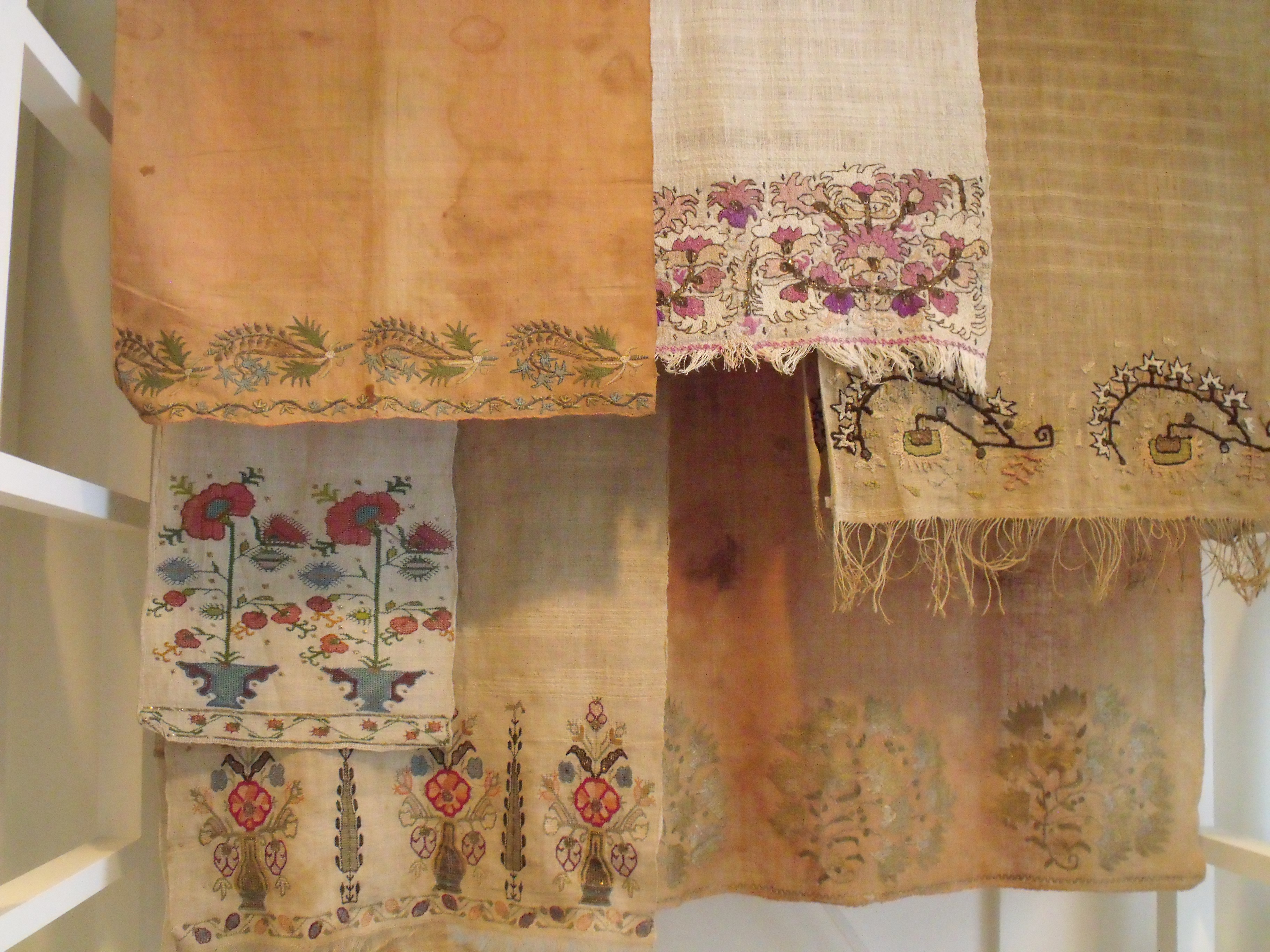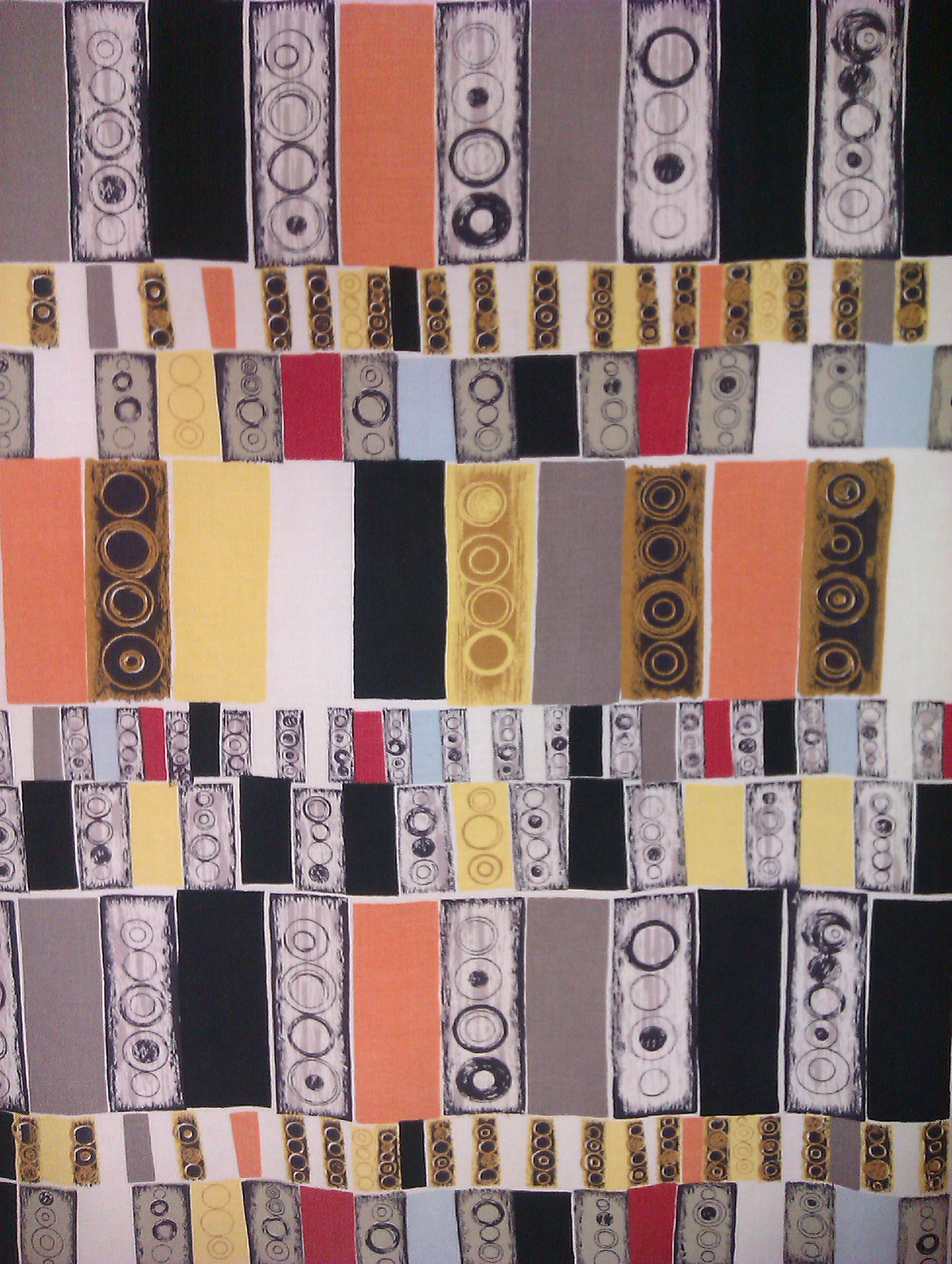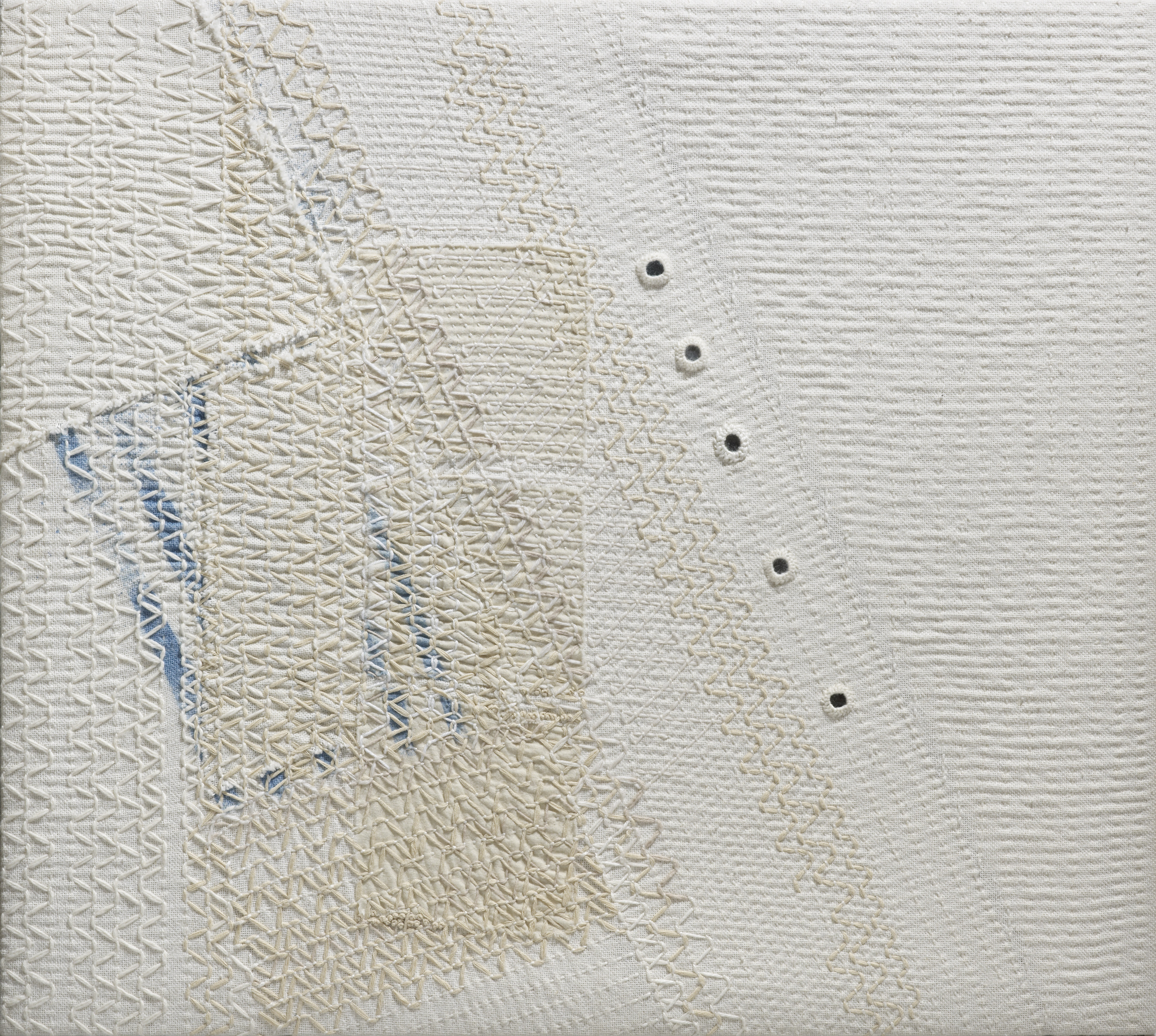
A month ago I moved to London. Lucky to have a few weeks to settle in and explore the city as a resident and not a visitor, I’ve found myself so overwhelmed at the amount of things to do and see. I am constantly discovering new places, hidden gems.
One of these places was Raven Row gallery on Artillery lane in Spitalfields, the name derived from what was the street’s name until 1895. It is a listed building dating back to the 18th century, although it is unnoticeable to many, blending in with the rest of the old buildings down this cobbled back street of a bustling, workers’ area of London. You get a sense of its history when it was once home to luxury shops owned by silk merchants. It seemed fitting to have an exhibition on textiles in an area famous for its silk weaving industry, although the gallery is usually home to contemporary art.
The Stuff that Matters was an exhibition of textiles collected by Seth Siegelaub, known for his emergence of conceptual art in the sixties (exhibition catalogue).
The textiles on display are part of a large collection of Siegelaub’s textiles collected over a thirty year period. They come from various parts of the world and each room displays a strikingly different range to the next, from Papua New Guinea bark cloths to coptic textiles from Egypt to Italian silk and velvet damasks; all accompanied by text that gives its’ technological, social or political context – excerpts taken from the Center for Social Textile Research on Old Textiles (CSROT) that Siegelaub founded in 1986.

A free accompanying pamphlet guides the visitor through the exhibition with a plan of what is in each room and accompanying information. A small exhibition catalogue, also free included a background to Spitalfield’s silk industry, an interview with the curators Sara Marinetti and Alice Motard and Siegelaub, a short paper written by a Marinetti, also a PhD candidate at Ecole des hautes etudes en sciences sociales, Paris – Seth Siegalaub and the Commerce of Thoughts and a chronology; as well as close-up images of some of the fabrics – interestingly presented with the front side of the fabric on one side, and the back side on the other side of the page. The writings in the catalogue that Siegelaub is not just a collector of art and textiles, but also of books – he acquired a the equivalent of a book a day from the mid 1980s, resulting in 6,300 books (Martinetti, exhibition catalogue).
In the interview the idea of making the book the focus of any exhibition or display – the art work itself with the textile accompanying it; as opposed to the other way round – a piece of textile with accompanying text, is discussed. This made me think of the papers written around textiles and text in the book: Textiles and text: re-establishing the links between archival and object-based research; postprints (2007) in which the collated papers analyse various textile traditions and what has been written about them. Siegelaub in the interview interestingly points out that his collection of books is more than just collecting, he says: ‘my job – my self-created job – is to find these books, describe them and to try and put them into relationship with one another.’ Siegelaub also discusses how the books over the period of 5 centuries document the history of how the West thought about textiles.
Comparing collecting textiles to art, Siegelaub says that textiles are much more affordable than art, and a discussion continues on the status of textiles – always lower than that of art, and even ceramics – although it is also, like textiles, a functional as well as aesthetic form. In a recent talk at Manchester Metropolitan University, Lesley Millar expands on this, talking about how little textiles are seen in major exhibitions, and the material holds much less value than painting or sculpture. Therefore, this exhibition was quite unusual in displaying textiles, particularly historic textiles within a contemporary art gallery, and by a collector whose collection of contemporary conceptual art is famous and holds a prominent place now in the Museum of Modern Art in New York. Perhaps the status of textiles may be increasing after all.








One Comment
Pingback: